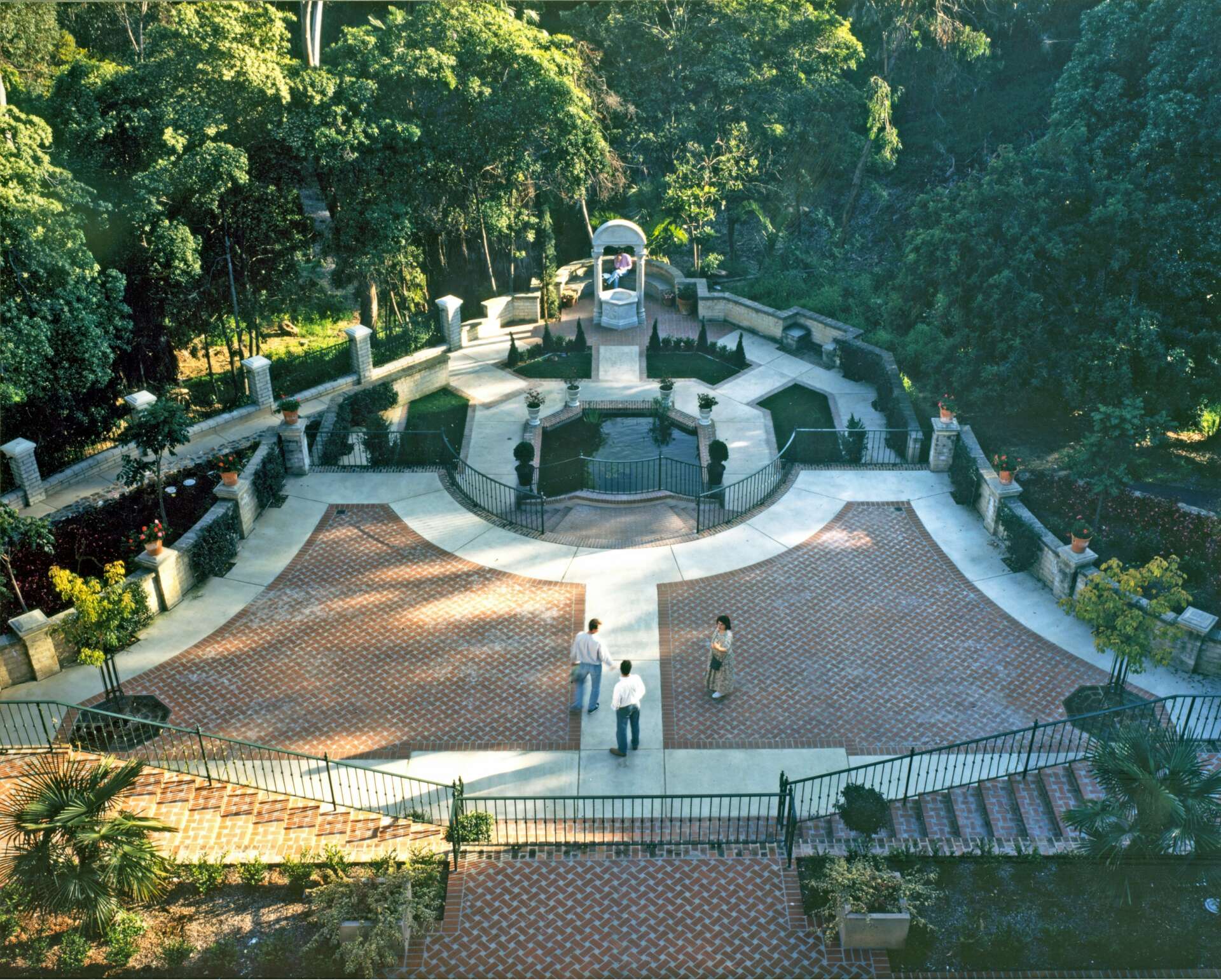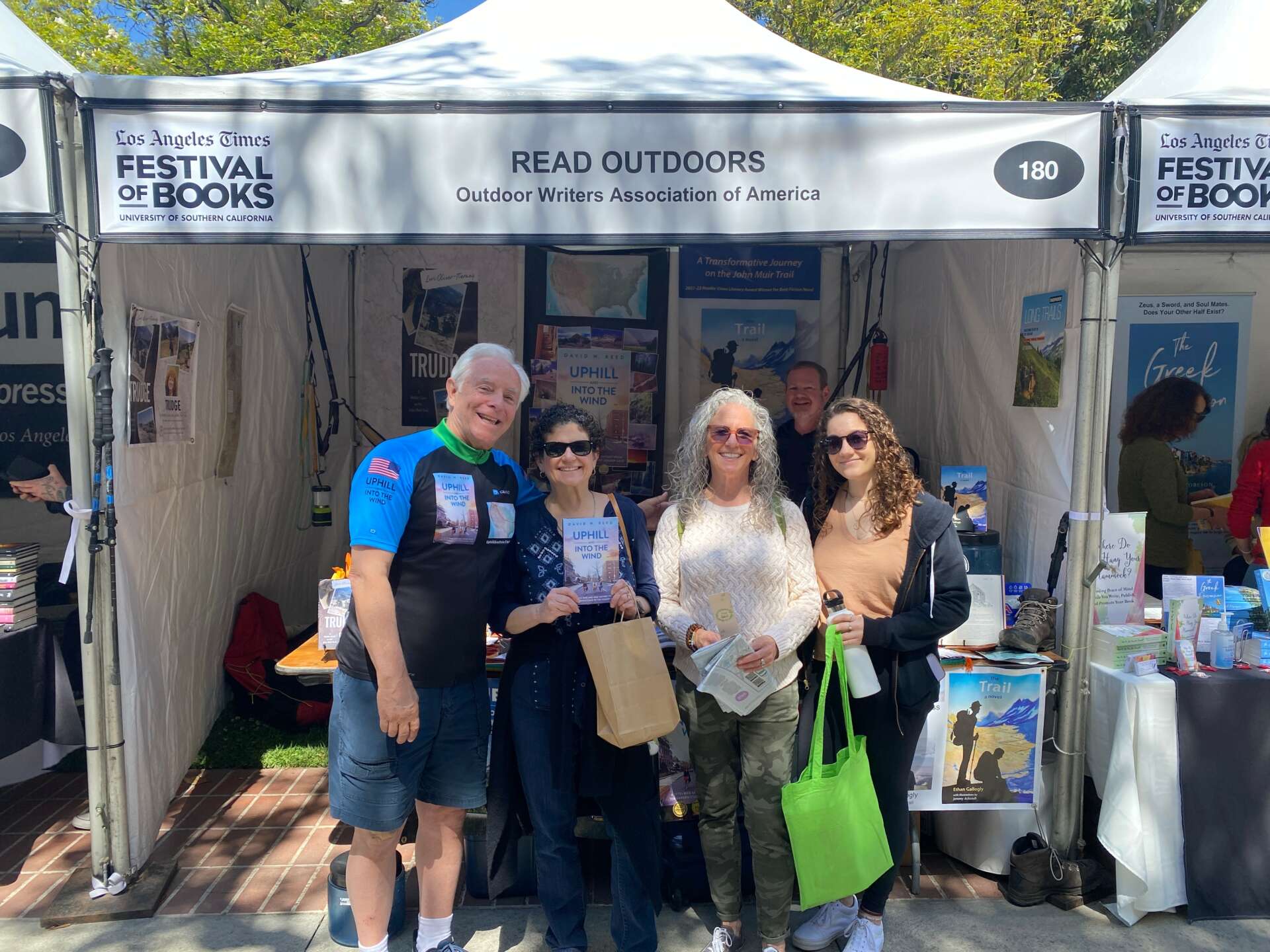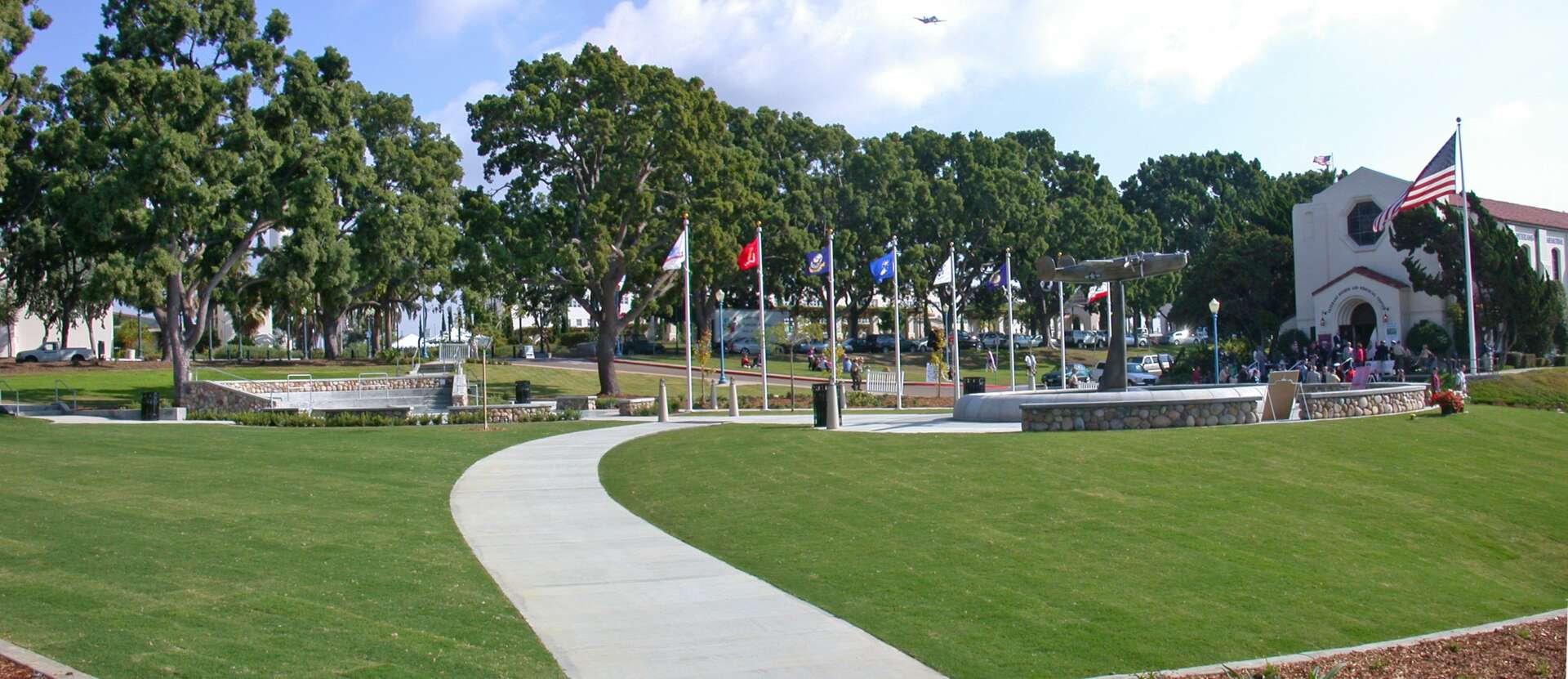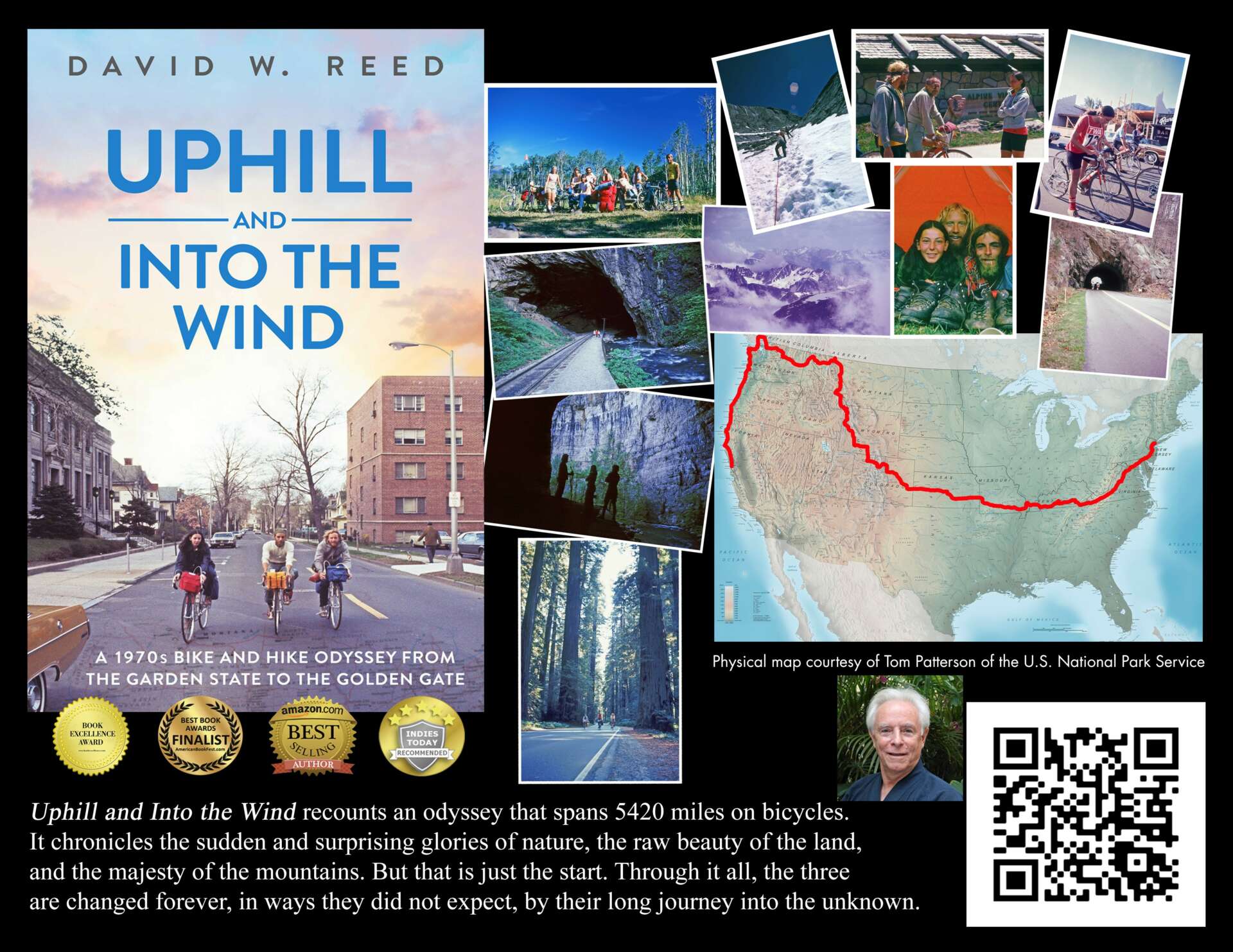We caught up with the brilliant and insightful David W. Reed a few weeks ago and have shared our conversation below.
Alright, David W. thanks for taking the time to share your stories and insights with us today. Who is your hero and why? What lessons have you learned from them and how have they influenced your journey?
I have several heroes but 3 stand out. They are Henry David Thoreau, John Muir, and Frank Lloyd Wright.
Thoreau lived in Concord Mass, and wrote extensively about the natural world in the early to mid 1800s. He was one of America’s premier naturalists and essayists as well as a poet, a philosopher and a Transcendentalist. Most famous for his essay Walden, where he writes, “I went to the woods because I wished to live deliberately, to front only the essential facts of life, and see if I could not learn what it had to teach, and not, when I came to die, discover that I had not lived,” he breathed the spirit of the woods into his work.
Thoreau learned much about nature through simple observation, and through his prose demonstrated his reverence and love for the natural world.
He is also known for his essay on Civil Disobedience which begins, “ I heartily accept the motto, (from Lao- Tsu 2500 years ago) ‘that government is best which governs least, ’ ”
and which, in essence, states that people shouldn’t let government overrule their conscience.
He backed it up with action: in the 1840s Henry spent a night in jail because he refused to pay his war tax.
John Muir climbed into the mountains. He was also a naturalist, author, environmental philosopher, botanist, zoologist, glaciologist, and early advocate for the preservation of wilderness in the United States. He brought the sanctity of nature and the preservation of wilderness into the forefront of America’s consciousness. He founded the Sierra Club. He once walked from Indiana to the Gulf of Mexico. Muir roamed across the “range of light” the Sierra Nevada and wrote about it with such passion. He couldn’t save Hetch Hetchy from being buried by a reservoir, but he did save Yosemite from a similar fate. Can you imagine an America without the Yosemite?
Frank Lloyd Wright might be the most creative architect in American History. He thought of building ideas that were novel and daring, but more than that, they were construed as part of the landscape. He built his Wisconsin home and studio, Taliesin, into the brow of a hill. Wright recognized the value of nature in all his work and aspired to bring it into every one of his buildings. He was the ultimate Landscape Architect’s architect. Despite his short comings, and there were many, his buildings are the most daring and innovative I have ever seen.
I grew up across the street from a great wooded park, designed by the Olmsted Brothers. We lived outside in that park almost all the time during the four seasons as young children. In the fifties and early sixties, we bicycled all over the northern New Jersey suburbs and rambled through the woods. When I began to read Thoreau’s work it struck a deep chord within me, my love of the forest, of pristine nature. I kept reading. My copy of The Portable Thoreau is still with me, yellowed, dog-eared, with flowers and leaves pressed into the pages.
Late in college, I discovered the work of John Muir. Let’s call it, Religion of Nature 301. His spirit, soaring high from his excursions inspired me. He wrote:
“Climb the mountains and get their good tidings. Nature’s peace will flow into you as sunshine flows into trees. The winds will blow their own freshness into you, and the storms their energy, while cares will drop away from you like the leaves of Autumn.”
I longed to climb into those mountains, and that eventually led me to pedal my bicycle across the United States to spend time in the great national parks. I wrote about about my odyssey: Uphill and Into the Wind.
When I studied Landscape Architecture in college, I was troubled by the toll that building development caused on the unblemished earth. It seemed a Faustian bargain. Frank Lloyd Wright was a shining light for me because he espoused the idea of building with nature, and Organic Architecture. He was the first architect I knew of who spoke of this with quotes like:
“Study nature, love nature, stay close to nature. It will never fail you.”
“I believe in God, only I spell it Nature.”
“Buildings, too, are children of Earth and Sun. “
“Organic buildings are the strength and lightness of the spiders’ spinning, buildings qualified by light, bred by native character to environment, married to the ground. “


As always, we appreciate you sharing your insights and we’ve got a few more questions for you, but before we get to all of that can you take a minute to introduce yourself and give our readers some of your back background and context?
I grew up spending most of my time in the woods of suburban New Jersey, learning about the natural environment first-hand. It was this nature connection that brought me to Rutgers University where I graduated cum laude in Landscape Architecture. During and after college, I spent several years as apprentice to master carpenters and stone masons, working under Eleanor Pedersen, a protégé of Frank Lloyd Wright.
In 1974 I pedaled on bicycle with two friends 5420 miles across the United States to study it’s natural history and flora first hand. The journals I kept formed the basis of my first book, Uphill and Into the Wind.
I became a practicing landscape architect in San Diego in 1980, and founded my own firm, in 1982. The firm grew and quickly garnered awards and a reputation for excellence in design.
Over its forty years David Reed, Landscape Architects completed more than a thousand design projects, most notably in San Diego’s Crown Jewel, Balboa Park, including Historic Reconstruction of the Casa del Rey Moro Gardens, the plaza for the Conrad Prebys Theatre Center at the Old Globe, the Veterans Memorial Gardens, recently the Mingei International Museum.
I retired from professional practice in 2022, and immediately began work on my second career, that of a writer.
In addition to Uphill and Into the Wind, which has won several book awards and has stellar reviews, my literary work has been published in Outdoors Unlimited Magazine, A Year in Ink, the San Diego Writers Inc. Anthology, and awarded at the Southern California Writer’s Conference.
I am currently working on my second book: the working title is In Praise of Trees. You can sample my writing on https://doggydaddy.substack.com/publish
You can also read about my book at https://uphillandintothewind.com/
and follow me on Facebook and Instagram, where I post regularly.

Any stories or insights that might help us understand how you’ve built such a strong reputation?
In my professional landscape architectural practice, our best reference was our most recent project. We gave every project our best, even when it didn’t seem profitable, and that is what built our reputation. Others began to talk about our drawings and our work. It all adds up.

What do you find most rewarding about being a creative?
Ars gratia artis: art is for art’s sake. I have always enjoyed creating. These days it is with the “pen”, or more correctly, the keyboard. When I am inspired, I write. But that’s only the first part of it. “Polish, polish and hone” is what makes great craft.

Contact Info:
- Website: https://uphillandintothewind.com/
- Instagram: https://www.instagram.com/davidreedwriter/
- Facebook: https://www.facebook.com/uphillintowind/
- Twitter: https://twitter.com/davidreedwriter
- Youtube: https://uphillandintothewind.com/videos/


